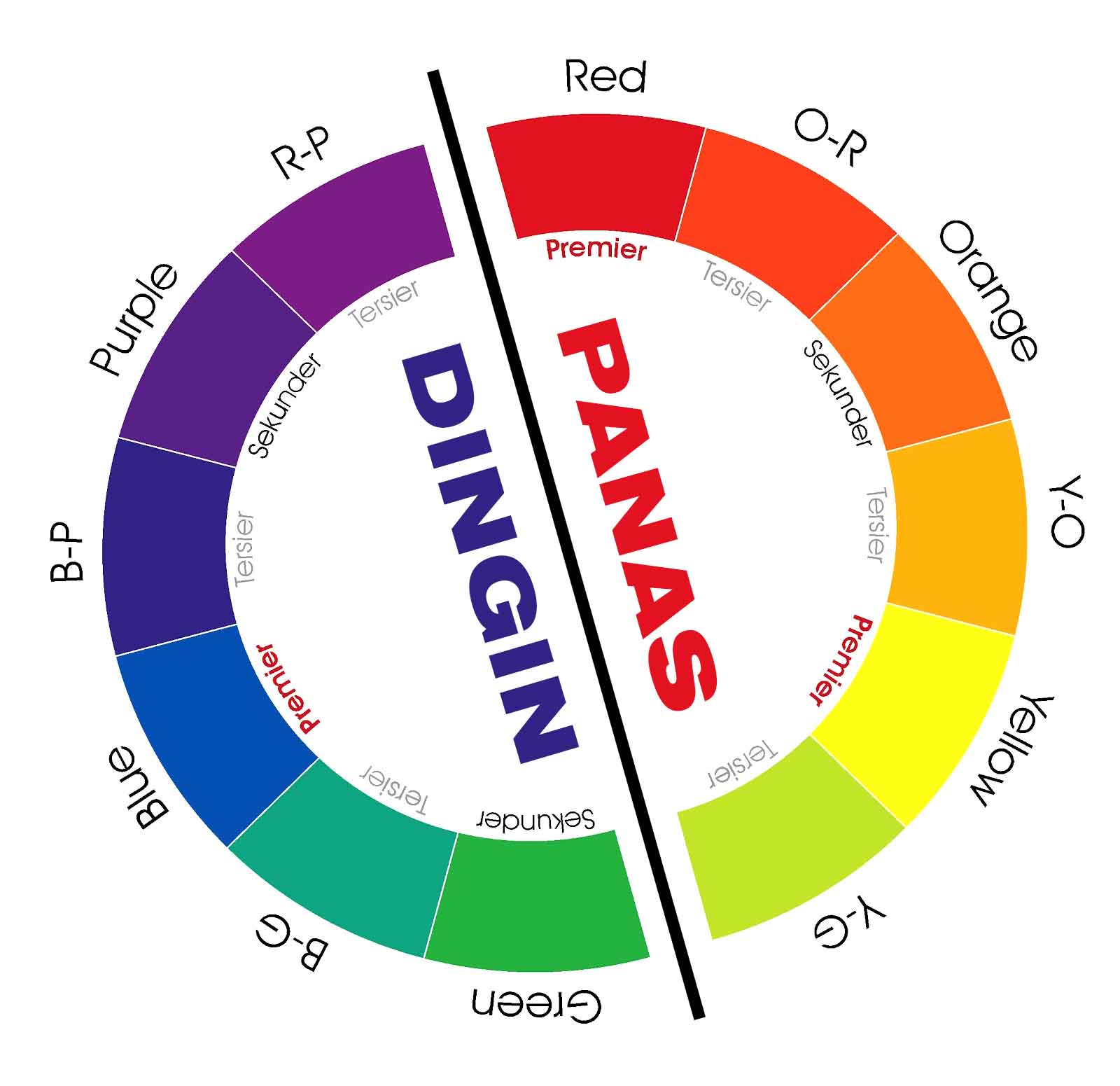Decoding Black and White: A Chromatic Dive

Are black and white colors? This seemingly simple question opens a rabbit hole into the fascinating world of light, perception, and the very nature of color itself. We tend to categorize them alongside hues like red, blue, and green, yet their properties and behaviors differ significantly. This exploration delves into the nuances of black and white, examining their roles as both the presence and absence of light.
The classification of black and white as "colors" depends on the context. In the scientific realm of physics, black is the absorption of all wavelengths of visible light, while white is the reflection of all wavelengths. They are not considered hues in the traditional sense, lacking a specific wavelength on the visible spectrum. However, in the artistic and design worlds, black and white are often treated as colors, essential tools for creating contrast, depth, and emotional impact.
Historically, black and white have held symbolic weight across cultures. Black often represents darkness, mystery, or sophistication, while white symbolizes purity, innocence, or peace. These symbolic associations are reflected in art, fashion, and cultural practices. Think of the stark elegance of a black and white photograph or the dramatic contrast in traditional Japanese ink wash paintings.
The significance of black and white extends beyond symbolic representation. In the realm of visual communication, they play crucial roles in establishing visual hierarchy, guiding the viewer's eye, and conveying information efficiently. The high contrast between black and white makes them ideal for clear and concise messaging, from road signs to printed text.
Understanding the impact of black and white involves recognizing their ability to evoke emotional responses. A predominantly black composition can create a sense of drama or introspection, while a white-dominant image can convey feelings of lightness and tranquility. This power of suggestion makes black and white invaluable tools for storytelling in various mediums.
In physics, black is defined as the absence of light. When an object absorbs all wavelengths of visible light, no light is reflected back to our eyes, and we perceive it as black. White, conversely, is the presence of all wavelengths of light reflected equally. This explains why a white surface appears brighter than a black surface under the same light source.
A simple example of this principle can be observed by looking at a piece of black cloth and a piece of white cloth side by side in sunlight. The black cloth will feel warmer to the touch as it absorbs more light energy, converting it to heat. The white cloth will feel cooler as it reflects most of the light energy.
One key benefit of working with black and white is the simplification of complex scenes. By eliminating color, the viewer's attention is drawn to the underlying composition, shapes, and textures. This is particularly powerful in photography, where black and white can transform a busy scene into a study of light and shadow.
Black and white also enhances the perception of contrast, making elements stand out more clearly. This can be used strategically in design to create focal points, guide the viewer's eye, and improve readability. Think of the classic pairing of black text on a white background, a testament to the effectiveness of this contrast for clear communication.
Finally, black and white offer a timeless quality, transcending fleeting color trends. A black and white image can feel both classic and contemporary, lending a sense of permanence and sophistication to any visual composition.
Advantages and Disadvantages of Using Black and White
| Advantages | Disadvantages |
|---|---|
| Timeless aesthetic | Loss of color information |
| Enhanced contrast | Can appear flat without tonal variation |
| Simplified composition | Limited emotional range in some contexts |
Five real-world examples of the effective use of black and white include Ansel Adams' landscape photography, film noir's dramatic use of light and shadow, the bold graphics of minimalist posters, the elegance of black and white fashion photography, and the timeless appeal of black and white illustrations in children's books.
FAQ: 1. Are black and white colors? (Depends on context - physics vs. art). 2. Why does black absorb heat? (Absorbs all light wavelengths). 3. What does white symbolize? (Purity, innocence). 4. Why is black and white effective in design? (Contrast, simplification). 5. What is the difference between black and white in terms of light? (Absence vs. presence of reflected light). 6. How can black and white evoke emotions? (Through contrast and association). 7. What are some examples of black and white in art? (Photography, film, painting). 8. Why is black and white photography so powerful? (Focus on composition and light).
In conclusion, the question of whether black and white are colors is more nuanced than it initially appears. While scientifically they represent the absence and presence of reflected light, respectively, their impact on art, design, and visual communication elevates them to the status of essential chromatic tools. From conveying emotion to simplifying complex scenes, black and white offer a unique power that continues to captivate and inspire. Their timeless appeal and ability to enhance visual storytelling ensure their enduring relevance across various creative fields. Embrace the power of these non-colors to elevate your creative endeavors, whether you're a photographer, designer, or simply appreciate the beauty of a perfectly balanced monochrome palette.
Unlocking atomic secrets your guide to atomic structure worksheets
Stay informed missouri power outage tracking
Sherwin williams atmospheric blue the definitive guide












